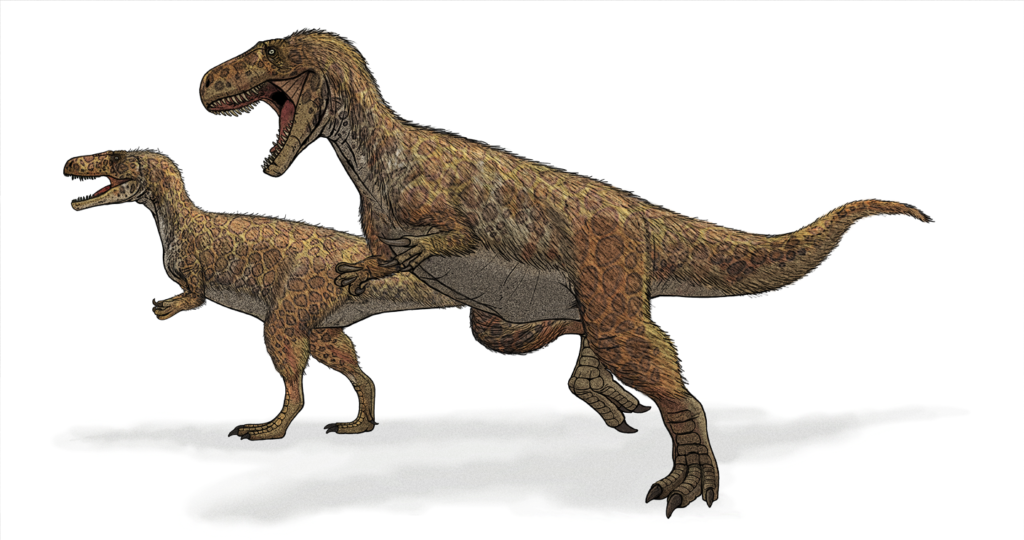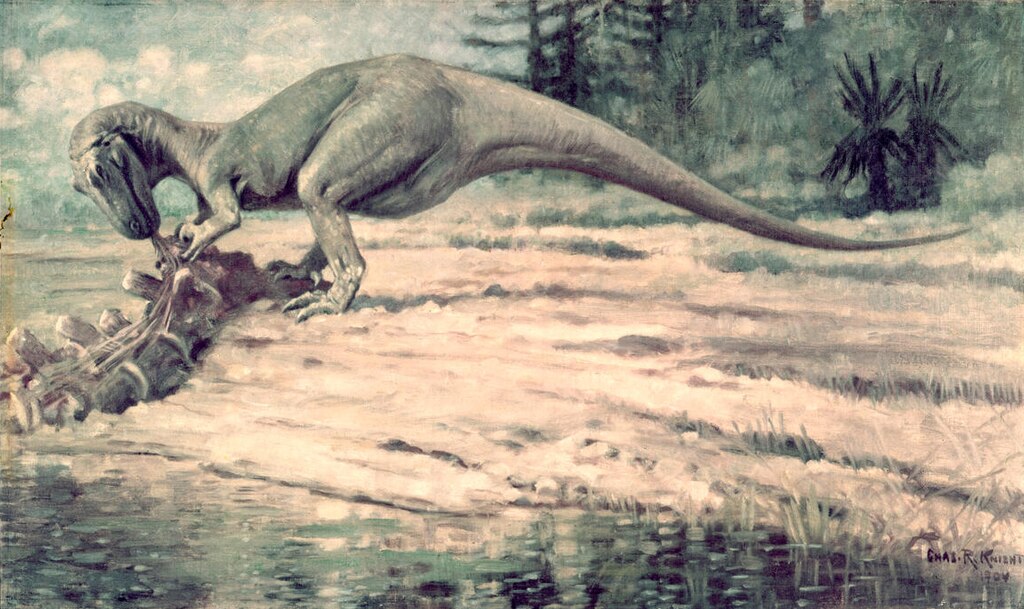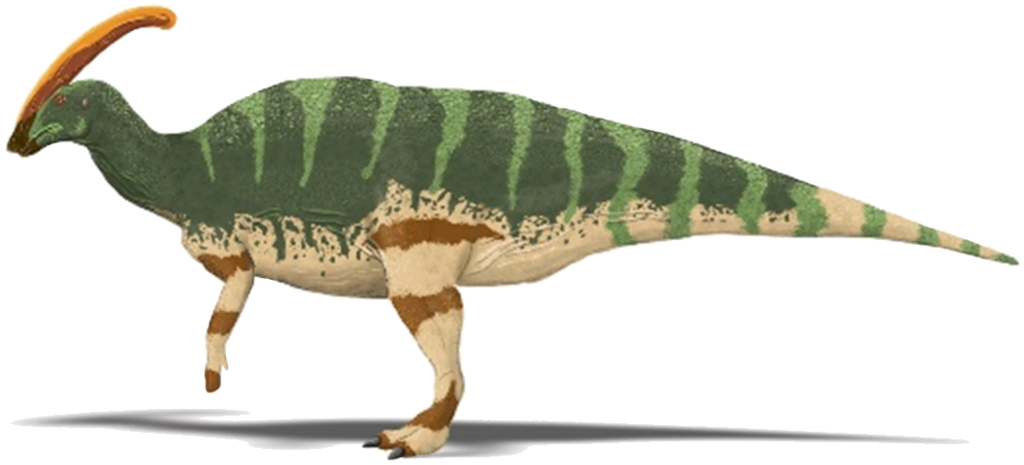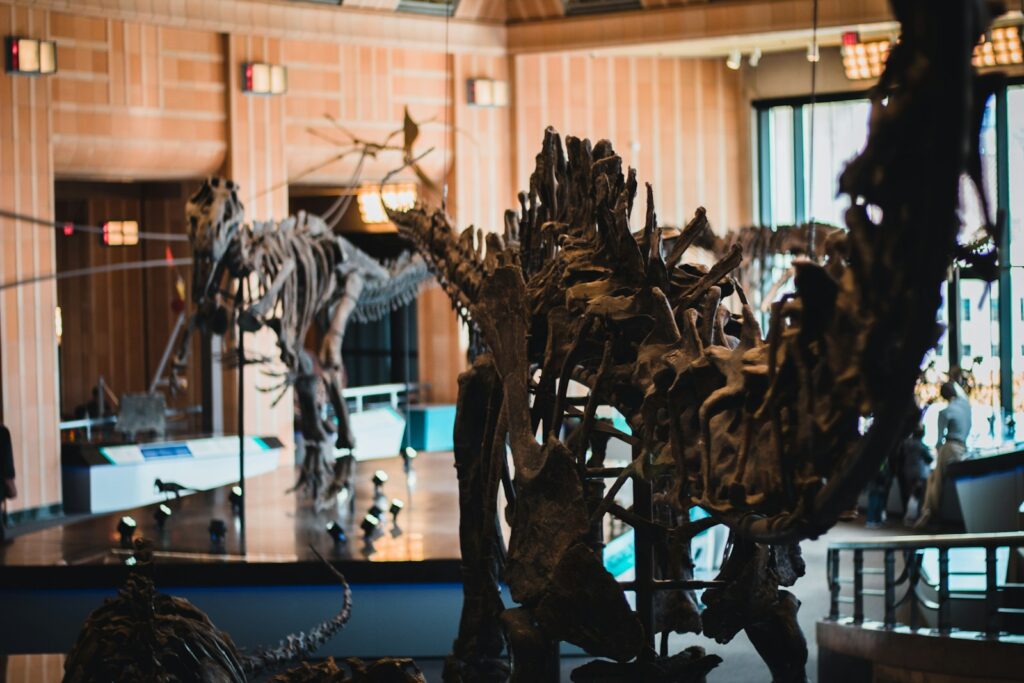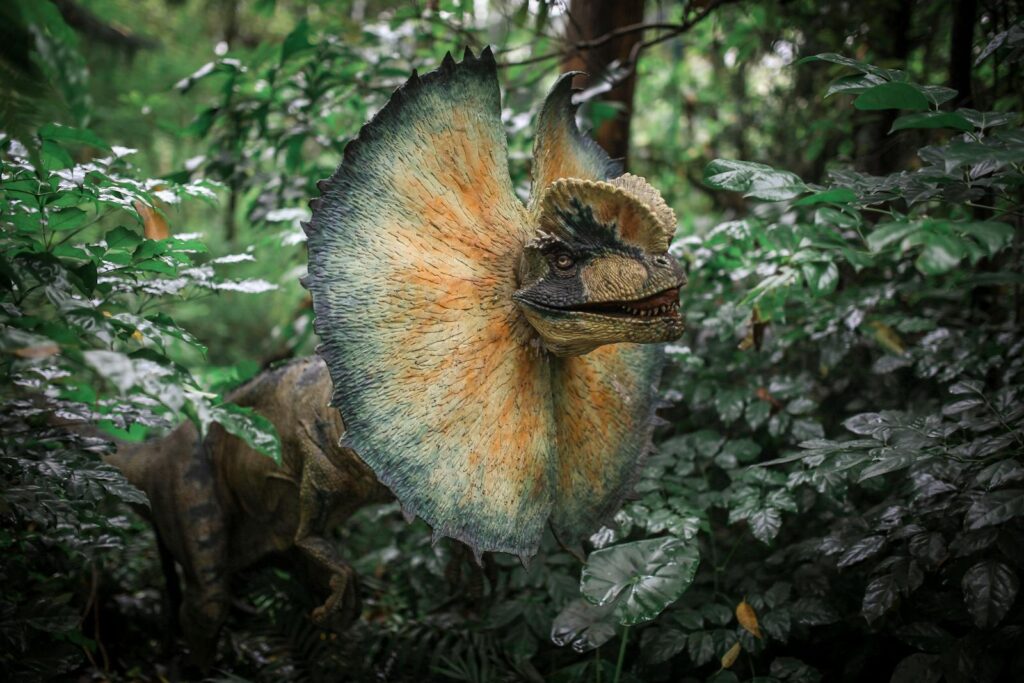How Did Dinosaurs Hunt? New Evidence From Fossilized Tracks
Dinosaurs, those magnificent rulers of prehistoric Earth, have captivated our imagination for centuries. While we’ve gained considerable knowledge about their anatomy, diversity, and evolution, how these creatures actually behaved—particularly how they hunted—has largely remained a mystery. Recent discoveries of fossilized tracks, however, are revolutionizing our understanding of dinosaur hunting strategies. These preserved footprints provide rare ...


